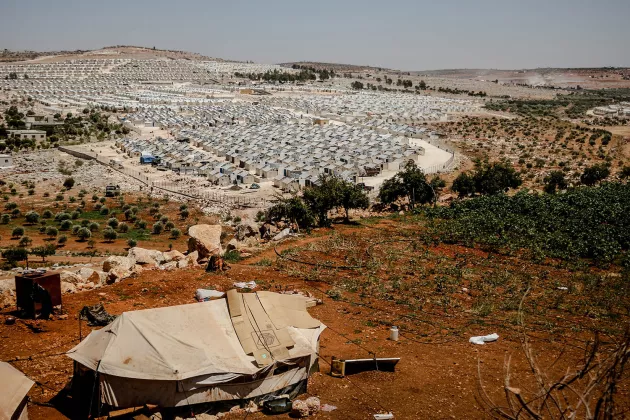In the recent article "Societal drought vulnerability and the Syrian climate-conflict nexus are better explained by agriculture than meteorology" in Nature Communications Earth & Environment, researchers discuss whether the meteorology and agricultural data available is enough to prove a strong linkage between climate and conflict. Lina Eklund, researcher at the Dept. of Physical Geography and Ecosystem Science, is the main author of the article.
The authors debate that even though drought, migration and conflict coincide in time, the data actually supporting a strong causal linkage is scarce. There are several other factors influencing agricultural produce and migration, although drought has had much attention, and there is an urgent need to move beyond weather data towards directly observing changes in agricultural activity in order to better understand the mechanisms linking drought and conflict.
Read a longer article at Lund University news


